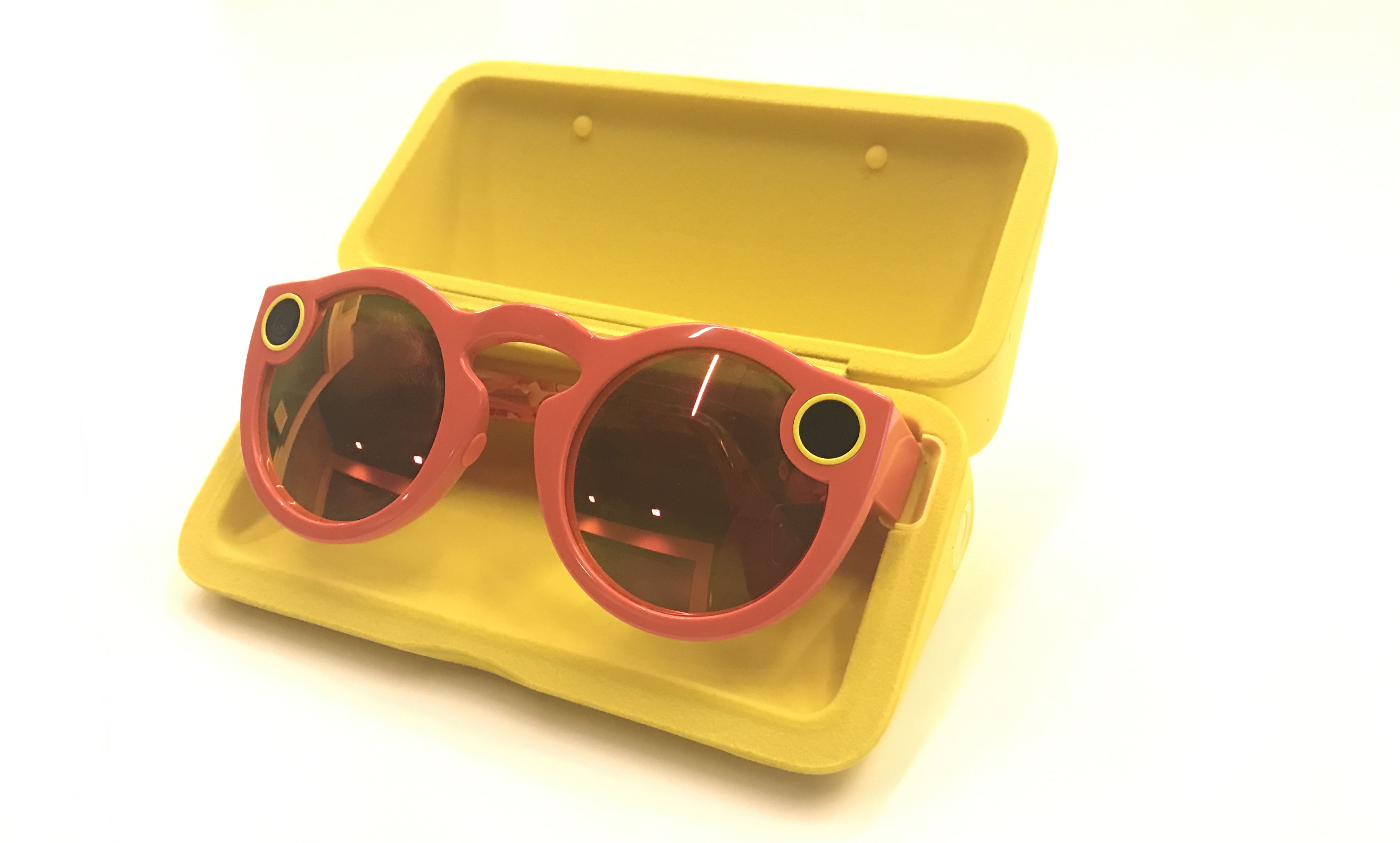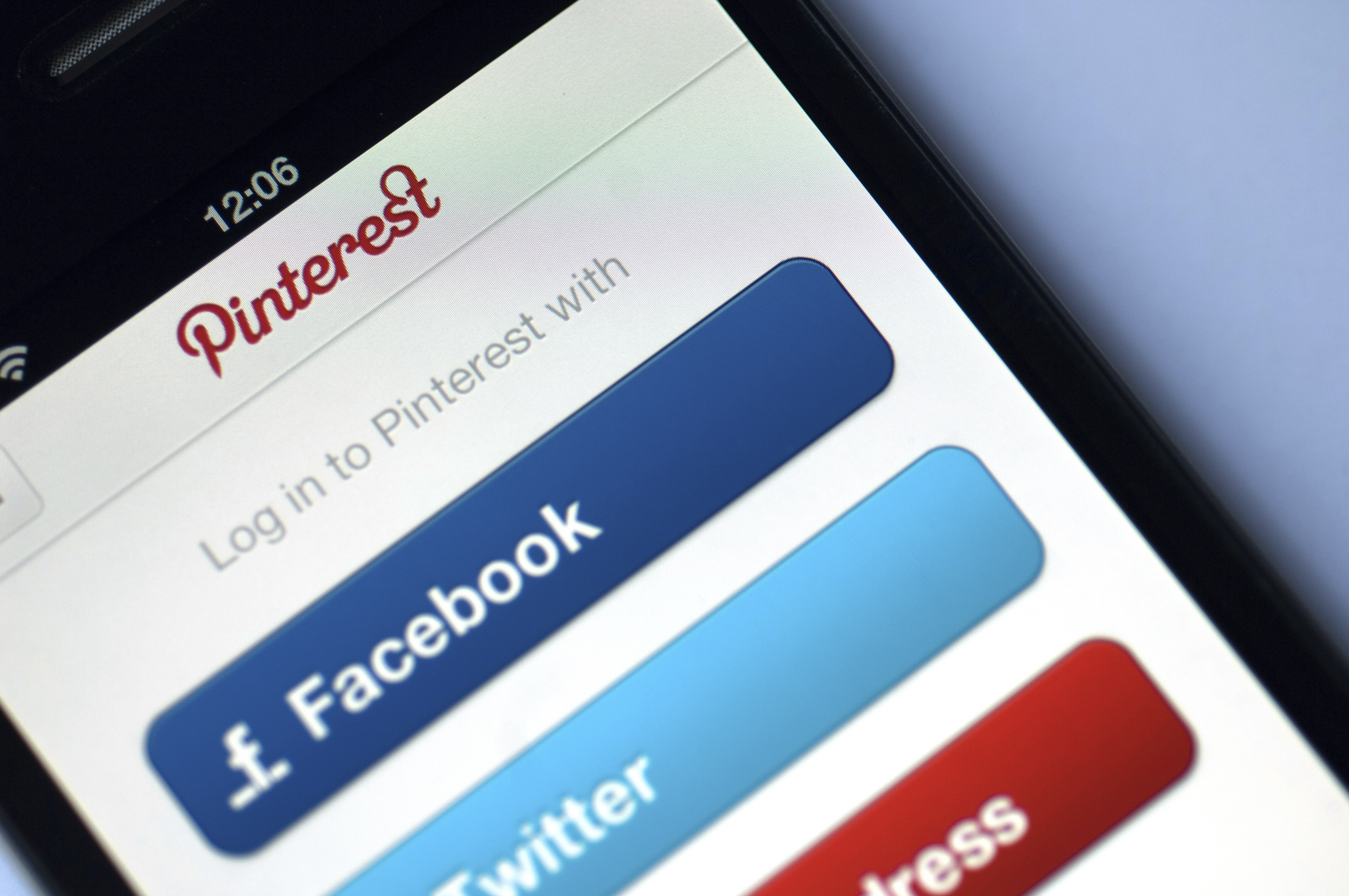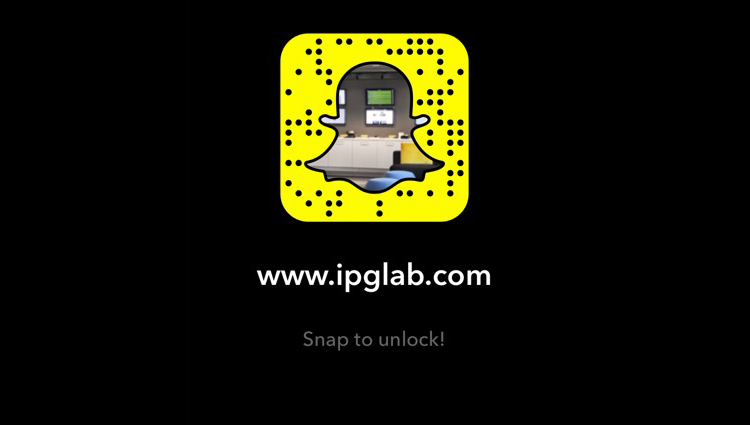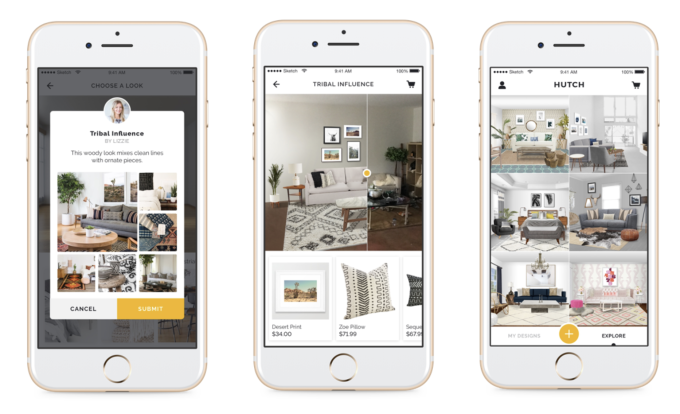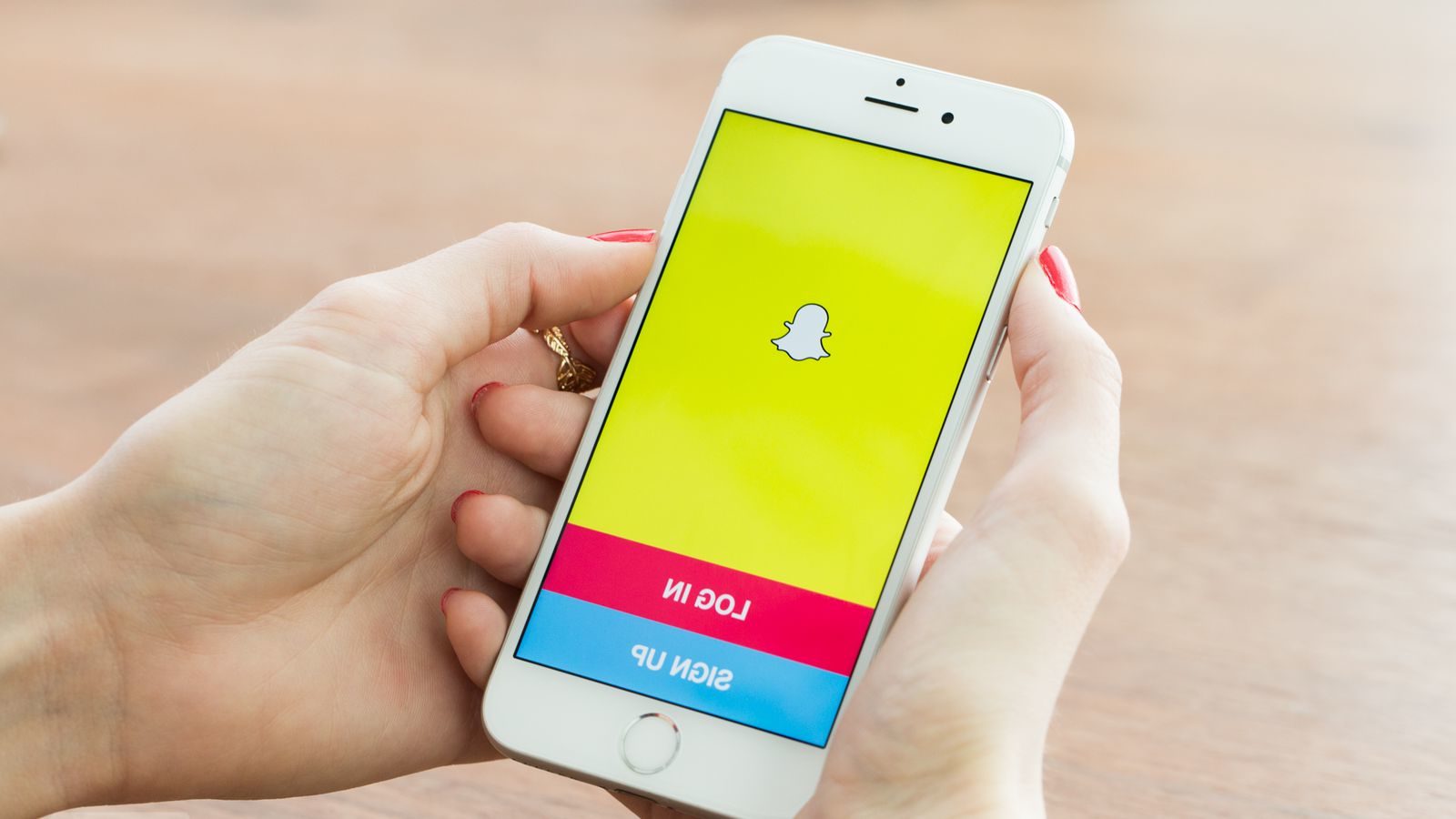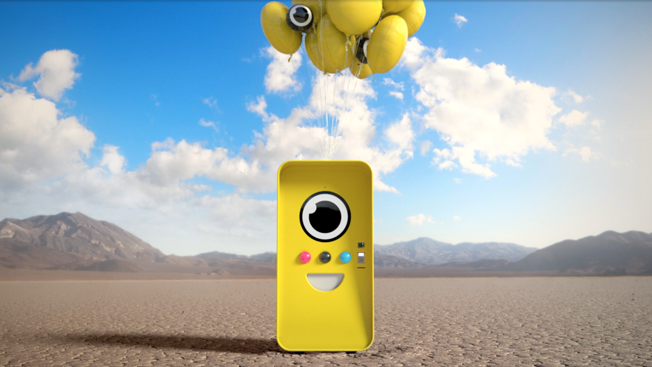What Happened
After several months of using pop-up vending machines to sell its first hardware product, Snap Inc. has made its camera-integrated sunglasses Spectacles widely available for purchase via Spectacle.com. All three colors are available for $130 a pair – keeping with the retail pricing of the pop-up vending machines – with an estimated delivery time of 2 to 4 weeks. Snap also says the elusive vending machines will return in a series new locations after a brief break.
What Brands Need To Do
In its filing for IPO, Snap indicated its intention to broaden the roll-out of Spectacles. Making it available via a dedicated ecommerce site is certainly a big step in that direction. Spectacles presents an interesting new tool for brands to create Snapchat-native video content, which brands such as Toyota and L’Oreal have started doing as part of their social influencer strategies. More brands need to align their branded content production with the ongoing trend towards mobile-native, camera-first media creation and consumption habits. When the consumers are just as likely to point their camera at things they find interesting and take a video of it to share on social channels, brands need to find an authentic way to take advantage of this trend to generate share-worthy content and engage with selfie-happy customers.
If you have yet to experience the magic that is Snapchat Spectacles, the Lab has a couple of pairs that you can try on yourself to gain a hands-on understanding of the great “un-bundling” happening in the mobile space.
Source: AdWeek
